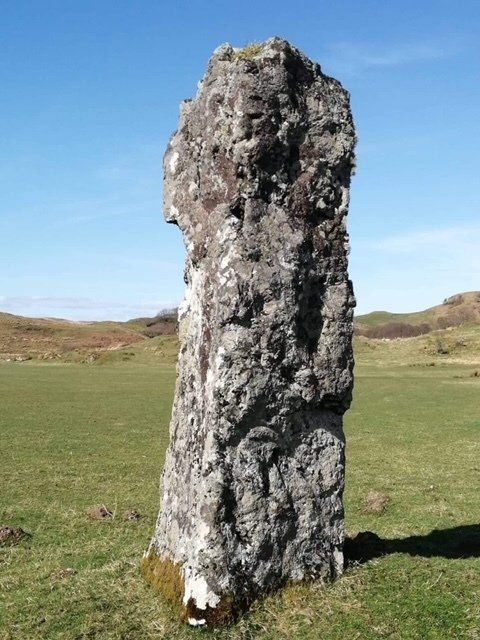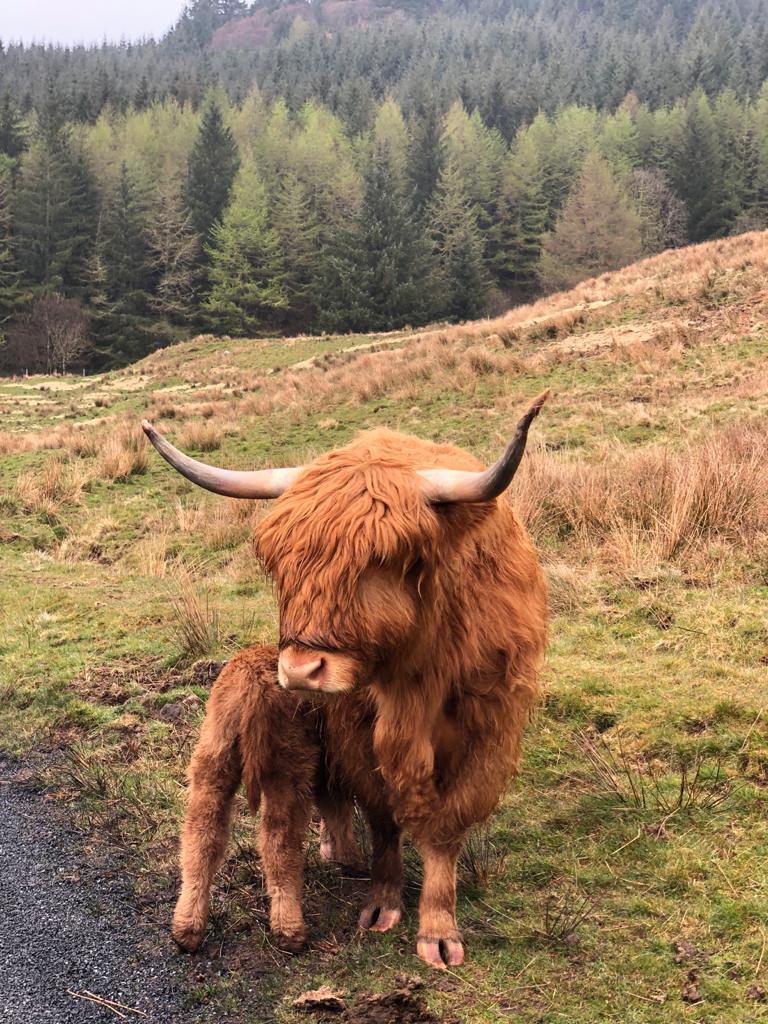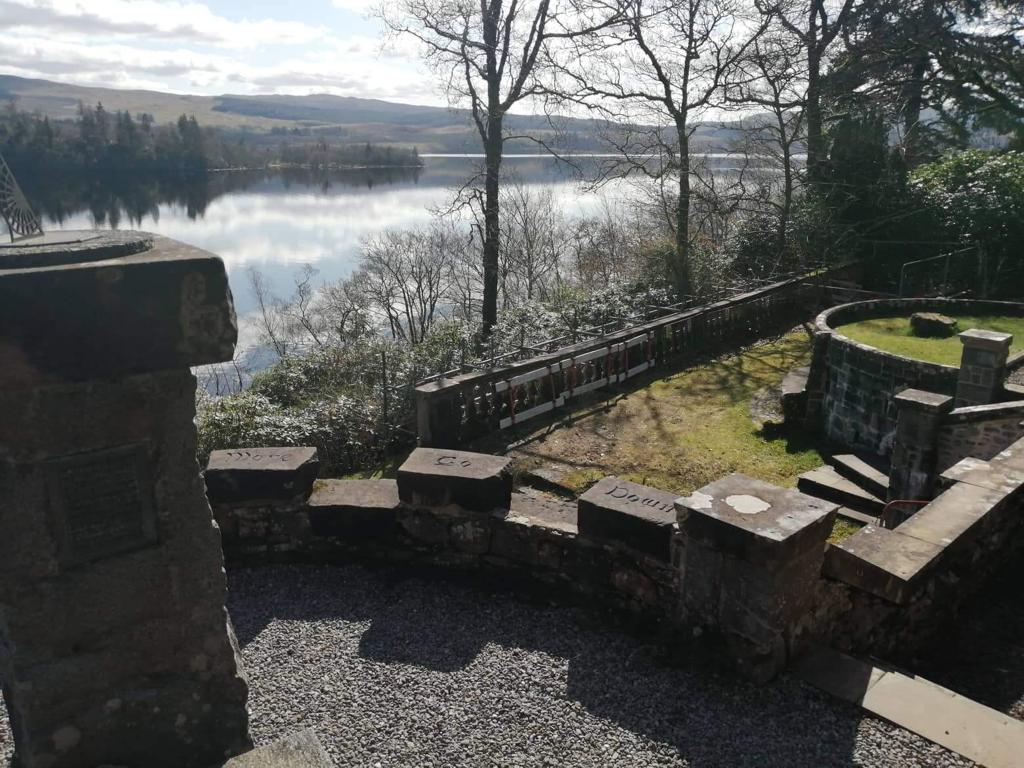tour we offer
Glen Lonan Road
The single-track Glen Lonan Road is among those places with Highland cattle. The road stretches 12 miles connecting Taynuilt and Oban before taking through a glen of fields, woods, and abandoned farmhouses.
Based on folklore, it's famously dubbed The Road of Kings' since it was the old funeral path of Scottish Kings to their resting place in Iona land. Between the ninth and eleventh centuries, it's stated that most of the Scottish kings were laid to rest (such as Giric, Aed, Kenneth MacAlpin, Constantine I, and their successors) on the sacred isle of St Columba.
On Loch Feochan's shore, you'll find a rock dubbed Carraigh Nam Marbh (the Rock of the Dead). From this rock, the King's body was put in the royal galley and ferried across Firth of Lorn, around Mull's southern region, and finally towards Iona.
It's an excellent road for bike rides with mountains towering the horizon and low traffic.
For some minutes, the Glen Lonan Road is monopolized by a cluster of houses and cottages, making way for ferns, woods, and streams. After a little climb, you will find meadows and herds of cattle and sheep.
You'll arrive at Angus Garden after about three miles. The garden is a serene spot to spend time enjoying the views of Ben Cruachan.
This road turns and twists, falls, and rises, offering a lot of variety to your ride. The scenes of protruding mountains are magnificent.
What's impressive about Glen Lonan Road is its small size and insignificance with this landscape- you might feel you're being swallowed by the immense ferns, trees, and fields that it meanders through.
The Glen Road takes you to Taynuilt that has had human settlements for multiple thousands of years. The season, light, and weather variation on the road's surrounding areas add to the spectacular view.
We hold a reputation for putting our visitors' interest and safety at heart. Visit our website for more details about Glen Lonan Road.
Local standing stones
Scotland's local standing stones are believed to be incredible monuments left by the area's first settlers thousands of years ago. The purpose of these stones is still a mystery, and today's archeologists can only evaluate them. Most are believed to have been used for ceremonial or religious purposes.
More than 5000 years of past human history can be traced throughout the Kilmartin Valley. You'll find over 350 monuments, including 150 pre-historic ones, lying near the quiet Kilmartin village. Early pre-historic standing stones and stone circles attract higher interests among our guests.
A pair of stone circles at Temple Wood have been seated there since 3000BC and were used for more than 2000 years, during the early Bronze and late Neolithic Age. One of the south stone circles has thirteen standing stones that form a 12-meter diameter ring
After a mile towards southern Kilmartin village, you'll find several clusters of sites at Nether Largie and a car park, with Nether Largie standing stones standing across the road in a field.
Take a short walk to Temple Wood from the Nether Largie stones and view the stone circle featuring a cairn in its center. The surrounding trees were grown during the Victorian period when the area was dubbed Temple Wood. A brief stroll along the path leads you to the South Nether Largie cairn, and an adequately signed route leads you back to the local standing stones and car park.
Trekking further down the road, there's a rocky outcrop comprised of whitewashed buildings on your right.
Folklore has it that the Destiny Stone was used in Dunadd during the crowning of the first Scottish kings.
Climbing up the path towards the whitewashed structures leads you to Dunadd, the Iron Age Fort overlooking the Great Moss that covers around 1200 acres. Our trained and certified tour guides will take you to the Lochbuie Stone Circle in Mull and many others in Bute Island. Visit our website for more information about local standing stones here in Oban.







